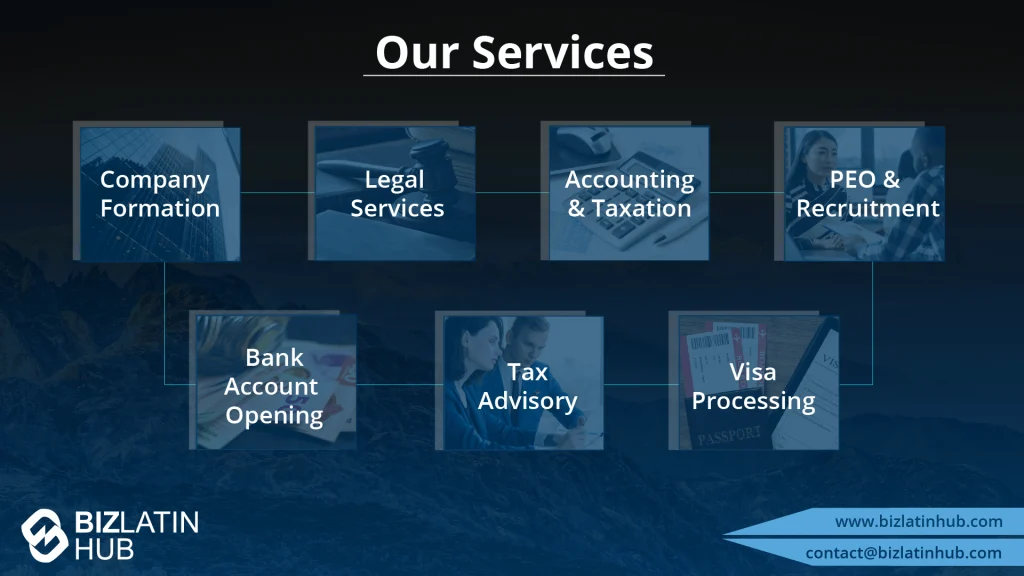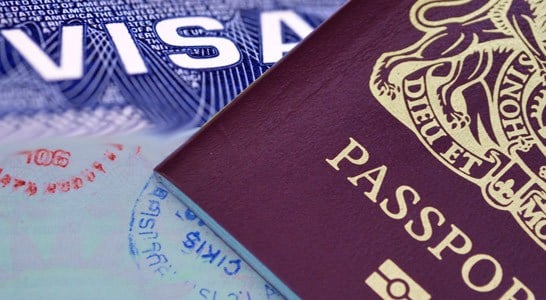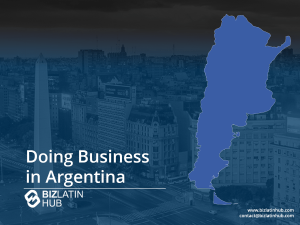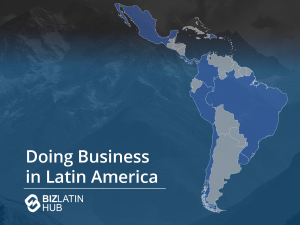More and more foreign investors are choosing Australia for their next international expansion, not only because of Australia’s thriving economy and buoyant growth but because of the country’s world-dominance in sectors such as FinTech, agriculture, mining, and tourism. An investor visa in Australia will help you do business in the country.
Whether you’re an entrepreneur with an already established business or you want to take a crack at the Australian market, significant opportunities await in the country. However, before you can enter the market, you’ll need to apply for an investor visa in Australia. As a foreign investor, there are several options available to you.
At Biz Latin Hub, we can help you cross the ocean and do business in Oceania. This includes help with an investor visa in Australia or New Zealand. After that, our array of back office services will make sure you stay fully compliant with all local regulations and guide you through company formation in Australia.
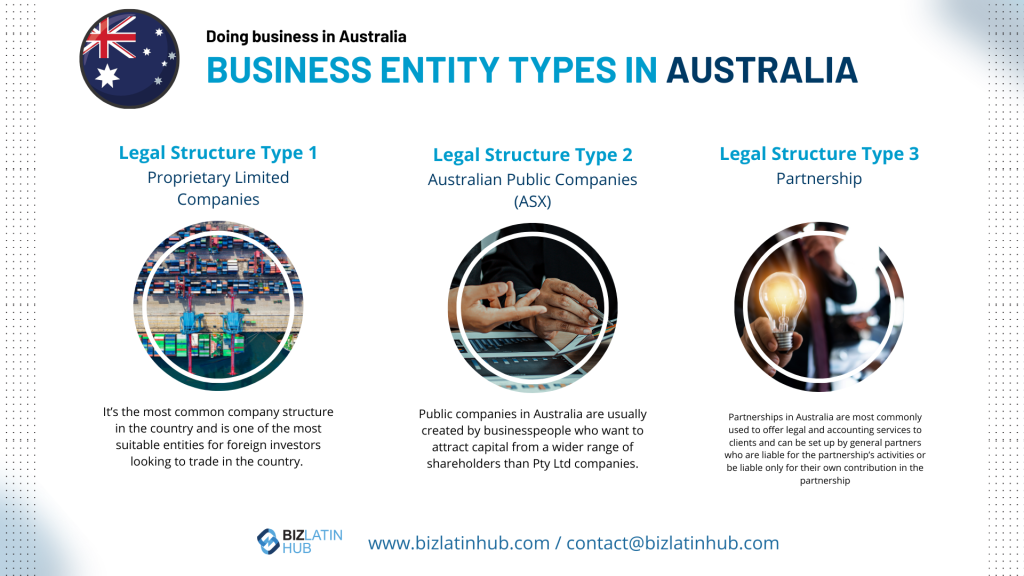
Prior to an Investment Visa in Australia?
Before incorporating in Australia, it makes sense to visit the territory to get a feel for the country and its people. After all, you don’t want to make a significant investment in a new country if you don’t think that you’d be able to connect with its people and forge business relationships.
With the Visitor Visa, you can visit Australia for business reasons for up to three months. Costing AU$140, the visa is usually processed within 11 days, whilst 90% of applications are approved within 22 days. Once approved, the following applies.
- You’ll be able to make short visits to the country for business reasons – such as to network with business owners, to meet a potential client or business partner, or to seek out opportunities, meeting with investors, directors, and more.
- The most common reasons for entrepreneurs to apply for this visa are to meet with and make general business and employment enquire, to negotiate with businesses face to face, and to take part in trade fairs and conferences to boost their brand.
- You cannot work or sell goods and services during this period – no transactions are permitted, and you must not enter the country with the purpose of making money.
- You can enter the country once, or several times during the three-month visa period, but this depends on the nature of your visit and is determined during your application.
- You cannot apply for this visa if you’re already in the country on holiday – you must be outside of Australia both when you apply for a visa, and when it is processed.
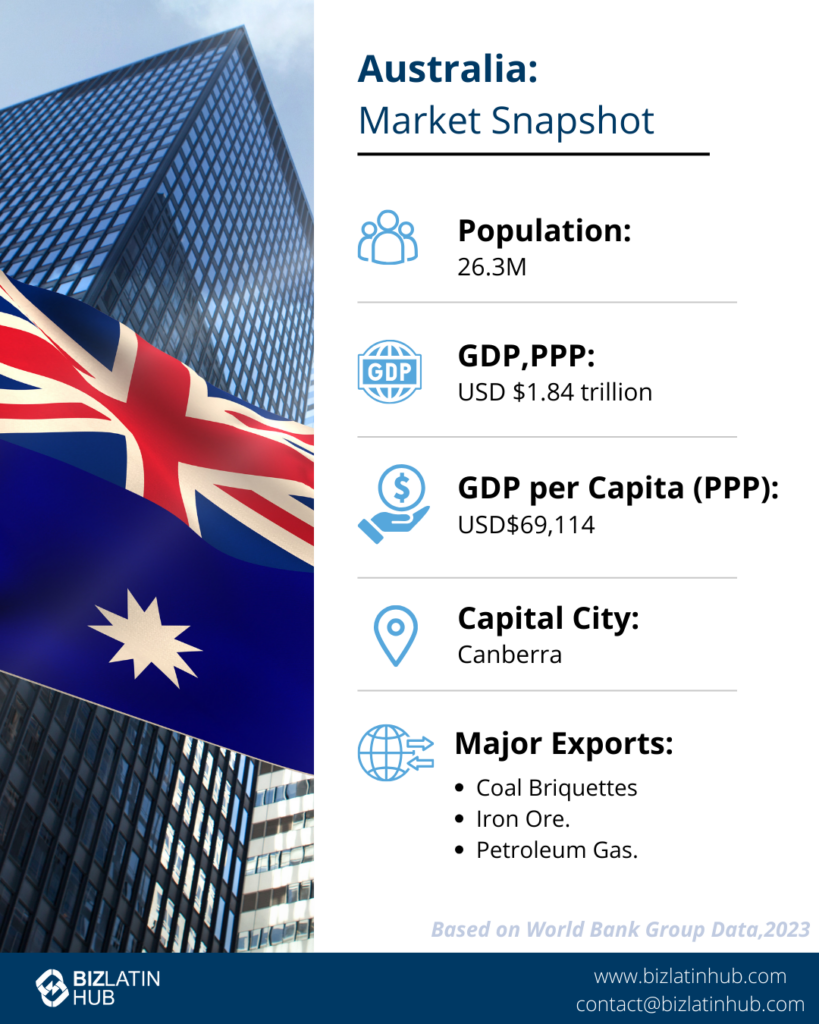
Business Innovation and Investment (Provisional) Visa
If you want to enter to take advantage of the commercial relationships between Australia and Latin America, for example, then a Business Innovation and Investment visa could be an option to consider. There are five streams of this visa, so choosing the right one is critical.
Business Innovation Stream
If you have business skills and want to operate a new or existing business in the country, then this is the right visa for you. It costs AU$4,985 and allows you to stay within the country for up to four years and three months. Applications for such visas typically take 18 months to process, and the visa can be extended for an additional two years through the Business Innovation Extension stream.
Investor Stream in Australia
The Investor stream, on the other hand, is a temporary visa that requires an investment of AU$1.5 million in an Australian state, and you must maintain a business in the country after your business visa has been granted. The visa takes 19 months to be processed on average and offers up to four years and three months of residence before you must apply again. You must be nominated by an Australian state before you apply, and the visa costs AU$4,985.
Significant Investor Stream
If you have at least AU$5 million to invest in Australia, then the Significant investor stream could be a better option. The visa costs AU$7,150 to apply for and allows you to stay within the country for four years and three months. Again, you must first be nominated by a state in Australia or territory government before you can apply for such a visa, and the visa can be extended for two years through the Significant Investor extension stream.
Premium Investor Stream
The premium investor stream, on the other hand, is only available to entrepreneurs who have been nominated by Austrade, and who want to invest at least AU$15 million in the country. This visa costs AU$8,770, allows you to stay in the country for 4 years, 3 months.
Entrepreneur Stream
Finally, the entrepreneur stream, designed to allow entrepreneurs to carry out activities in the country for up to 4 years and 3 months. To apply, you must be nominated, and have funding agreements with a third-party in order to carry out entrepreneurial activities.
Business Talent (Permanent) Visa (Subclass 132)
Once you have decided that Australia is the right country for your expansion, apply for a Business Talent (Permanent) visa (subclass 132). This visa has two streams, depending on the nature of your business and reason for entering into the country. The first is the Significant Business History stream, which costs AU$7,290 and allows permanent residence.
The Significant Business History visa has the following caveats:
- Designed for business owners who want to establish a new business in Australia or operate an existing business (as an investor, new CEO, or to acquire a business).
- The visa will entitle successful applicants to stay in Australia permanently.
- Applicants must have more than AU$1.5 million in assets and a turnover of more than AU$3 million.
- You can only apply for this visa if an Australian state or a government nominates you.
The Venture Capital Entrepreneur stream, on the other hand, is for entrepreneurs who have secured venture capital funding from an organization that’s part of the Australian Venture Capital Association Limited (AVCAL). You must have more than AU$1 million in funding from a venture capital firm in the country, and you must be nominated. The visa costs AU$7,290 and offers you permanent residence in the country, should your application be accepted.
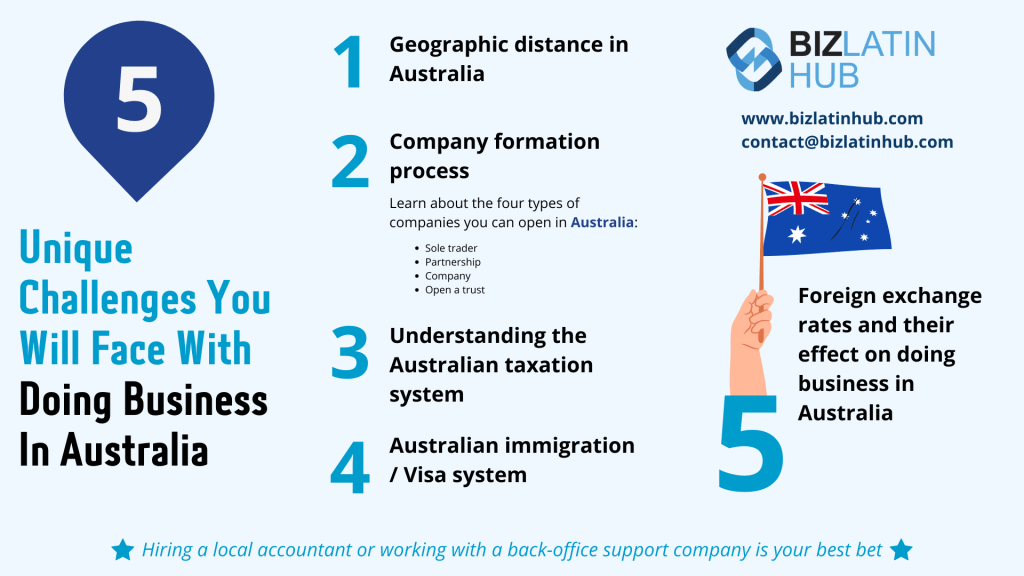
FAQs on the investor visa in Australia
According to our experience, these are the most common questions we receive.
There are a great deal, from Visitor visas to Study visas and Work visas and many more, all with multiple different streams. For those looking to set up a company in the country, a Business Innovation and Investment visa could be an option to consider. There are five streams of this visa.
Business Innovation and Investment visa could be an option to consider. There are five streams of this visa.
There are both Business and Investment visas as well as Work visas, both of which have a number of subcategories.
The precise details depend greatly but the general principal is the same – you will qualify for visas according to how many points you can satisfy in the points-based visa system.
The company must be fully compliant with all local labor and financial laws and unable to fill the position with an Australian citizen.
No, but without residency it will be harder to do this. Critically, you require permission from the Foreign Investment Review Board (FIRB). It is also nlikely that you will be able to buy established property, and instead be limited to new builds.
All documents must be provided depending on the type of visa, i.e. there are types of visas that require all the documents of the foreign applicant duly authenticated and apostilled from the country of origin.
Biz Latin Hub can help with an investor visa in Australia
There is a lot to take into consideration when applying for a visa to Australia, but the truth is that the headache of filling in paperwork and waiting for a response is worthwhile once you enter into the market and enjoy its unmatched economy, powerful trade relationships with countries like the United States, China, and the United Kingdom, and turn your business expansion dreams into a reality.
After all, no business would be a success without hard work. If you’re considering an investor visa in Australia, it’s recommended that you get in touch with the visa processing specialists at Biz Latin Hub Australia.
Contact us now to assist you with your application and ensure you are granted access into the country.
